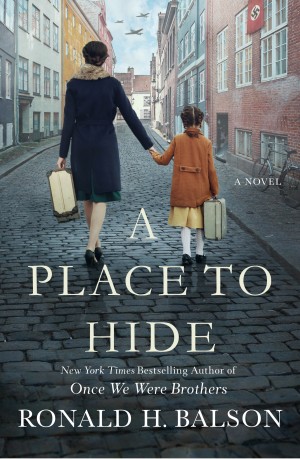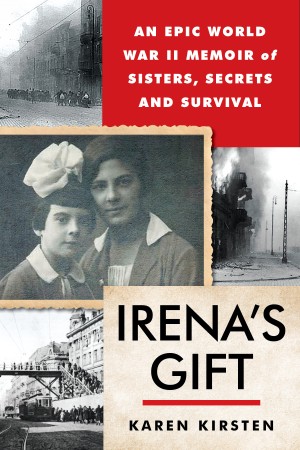Dedicated to “all the women who survived Ravensbruck” and “those who never came home,” this work of historical fiction centers two special women who risked their lives as the so-called “Golden Doves.”
The novel begins in Fort Bliss, Texas in 1952. Josie Anderson questions former Nazi scientist Herbert Krupp, who recently arrived at the US military base from Germany. Meanwhile, at a small, dingy cafe in Paris, which serves the vendors of the nearby flower market, Arlett LaRue works alongside fellow survivors of the war.
The story alternates between the two women’s lives. Josie works on Operation Paperclip, keeping track of Nazi scientists who are being recruited by the American government, as well as the “ratline,” the escape route for Nazis from Spain to South America. The scientists are being brought to the US for their expertise in biological and chemical munitions amid a race against Russia to gain intelligence.
Arlett desperately wants to find her son, who was taken by the Nazis during her time in Ravensbruck. He was born in a Lebensborn home, where single, pregnant, “racially pure” and healthy German women were cared for until their babies’ birth. The babies were then adopted by racially pure couples — usually SS officers — as a means of increasing the “superior” Aryan population.
The novel flashes back to German-occupied France in 1943. There, Josie and Arlett meet and become underground resistance agents. There are some hard-to-believe story lines, as when the two women attempt to find the notorious Nazi scientist Snow, who conducted brutal experiments on women and girls in Ravensbruck.
A mysterious man, Luc Minao, appears at the Paris cafe and offers to take Arlett to an orphanage in French Guiana to search for her son. Run by his mother, the orphanage houses children who survived the war. Josie then gets a tip from a fellow Ravensbruck inmate that Snow is in French Guiana. She travels there undercover as a journalist — and the Golden Doves are reunited.
Despite its movement back and forth in time, this book is easy to follow. It is a unique story about the Nazis’ presence and impact long after the war.
Miriam Bradman Abrahams, mom, grandmom, avid reader, sometime writer, born in Havana, raised in Brooklyn, residing in Long Beach on Long Island. Longtime former One Region One Book chair and JBC liaison for Nassau Hadassah, currently presenting Incident at San Miguel with author AJ Sidransky who wrote the historical fiction based on her Cuban Jewish refugee family’s experiences during the revolution. Fluent in Spanish and Hebrew, certified hatha yoga instructor.





